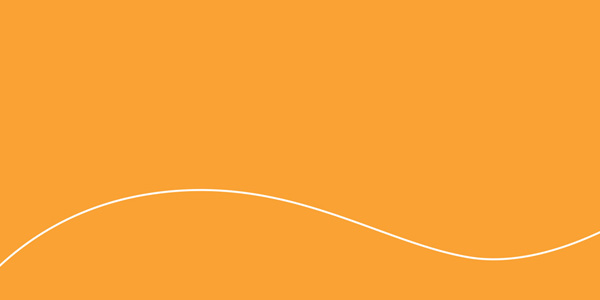FAQ's
I have been diagnosed with scoliosis and told to 'watch and wait'. What should I do?
It is extremely rare for ‘watch and wait’ to be the best option.
In children that are growing, there is always a risk that a scoliosis can worsen. In curves that are small, it is often a good idea to be proactive and try scoliosis specific rehabilitation or part-time bracing instead of ‘watch and wait’.
In adults that have a degenerative scoliosis, starting treatment early can lead to a better outcome rather than waiting until the scoliosis has dramatically worsened. If you are concerned about the diagnosis given to you, or the recommendation of treatment, you should seek a second opinion from a Scoliosis Clinician.
What is the best treatment for scoliosis?
The treatment recommended for scoliosis will vary with the individual patient. The individual situation, the severity and location of the curve, age, potential for further growth and potential for degenerative change will all contribute to finding the right treatment. When the curves are small and flexible, scoliosis specific rehabilitation may be the most appropriate treatment. For curves that are larger, or have a high risk of progression, an over-corrective scoliosis brace like ScoliBrace can be a very effective treatment. In adults with degenerative scoliosis a specific adult scoliosis brace to stabilize the spine is usually the most appropriate treatment. Often combining scoliosis bracing and rehabilitation leads to the best outcomes. Surgery is generally considered a treatment of last resort.
If I have scoliosis, will my children have it?
It is often the case that scoliosis runs in families. With this in mind, it is important to have children screened regularly if you have a family history of scoliosis, especially during their growth spurts (10 to 13 years old).
It is also important to check older relatives as degenerative scoliosis can start to develop around the age of 45.
Why is scoliosis sometimes missed in teenagers?
Scoliosis curves can worsen very quickly particularly during pre-adolescence. In most countries, proactive scoliosis screening programs were stopped in the 1990’s. If you suspect that a family member or friend has a scoliosis, it is important that they get checked. There is a free online app called ScoliScreen which you can use to understand the risk of a person having a scoliosis. Of course, the best way to check for scoliosis is to have a qualified scoliosis clinician do an assessment.
Can general exercise fix my scoliosis?
There is no good scientific evidence showing that general exercise such as core stabilization, pilates or yoga can stop a scoliosis from worsening or reduce a scoliosis. These approaches may be used in conjunction with a scoliosis specific rehabilitation program such as ScoliBalance however it is not recommended that general exercise is the only treatment.
Are there any support groups?
Around the world there are a number of peer-led support groups.
ScoliCare has our own patient and family Facebook Group called ScoliConnect.
Curvy Girls is a support group for girls with scoliosis. The aim of the group is to support those with scoliosis and their family, and encourage interaction between members on shared topic of interests and daily challenges. For details visit curvygirlsscoliosis.com
There is also a group called ScoliBoys. For details visit scoliboys.com
How does a ScoliBalance program work?
ScoliBalance is a scoliosis specific exercise program that follows the principles of the SOSORT international guidelines. In this program ScoliBalance Providers teach scoliosis specific 3D posture corrections (ScoliCorrections) so that the patient learns how to improve their posture. From there they are taught exercises (ScoliExercises) whereby they hold their ScoliCorrections while they perform exercises specifically prescribed for them. The program often incorporatees the use of the ScoliRoll (for scoliosis) or Denneroll (for hyperkyphosis) to enhance the correction to the spine and posture.
How often should ScoliBalance practice occur?
Each patient is provided with an individualised home exercise program so that they can practice at home. We recommend daily practice for 20 minutes. In addition to this the patient is often asked to use the ScoliRoll or Denneroll for up to 20-25 minutes per day (depending on each individual prescription).
Do I practice ScoliBalance in a brace?
The ScoliBalance program is often used by patients who wear a brace. Once the curve in an adolescent gets beyond a certain size (usually 20-25 degrees) then the ScoliBalance program is generally combined with bracing. ScoliCorrections should be practiced without the brace on so that the patient can achieve the best possible correction. However, sometimes the patient will also be prescribed some general strength exercises to be performed in brace.
Adults can also be taught the ScoliBalance program however the program will be modified according to the patient’s signs and symptoms.
Can ScoliBalance be used for hyperkyphosis and Scheuermann's disease?
Yes. In this instance the program is modified to account for the changes that are creating the increasingly kyphotic posture in the patient. In some cases the patient may have hyperkyphosis and scoliosis and the program can also be tailored accordingly.

